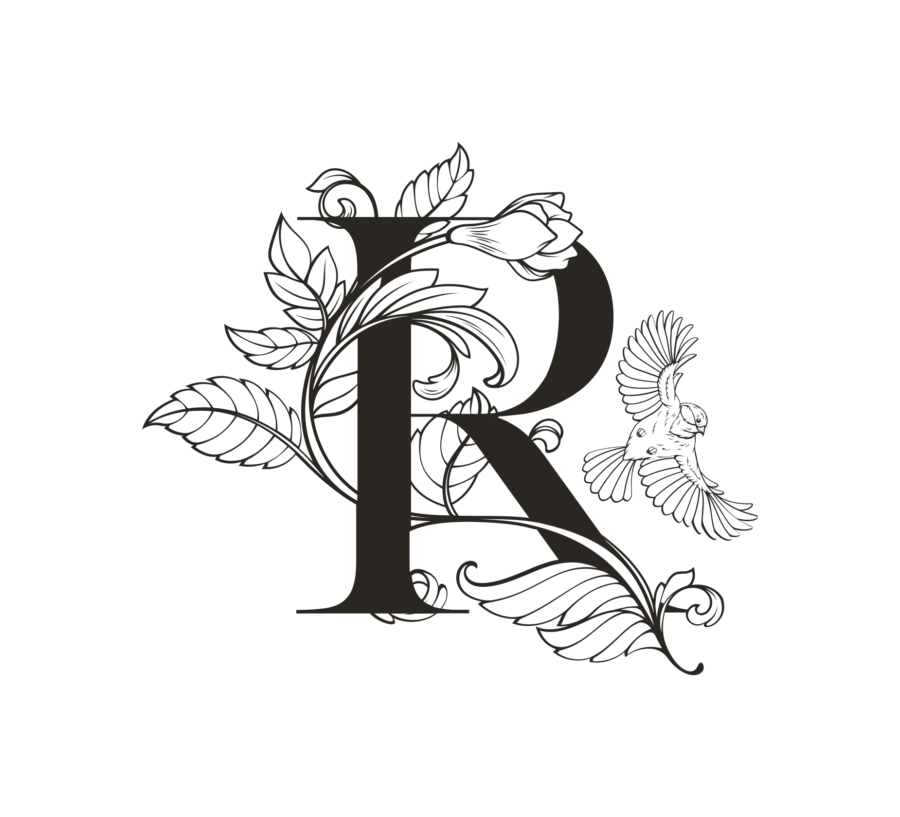~Book Repair Quick Tips from Leonard’s Book Restoration Station~
For tears in the paper or dust jacket, use Gaylord or any document repair tape. This is a tissue tape that is peeled from the backing and applied. The instructions are on the box. Wash hands before using and apply very carefully. It only gives you one chance.
NEVER use cellophane tape. It’s very acidic and will turn brown and drop off over time, leaving an ugly stain on your paper.
For hinge repair, I use Eco-Flo Leather Weld. This is a water-based laminate that is designed for leather to paper, but actually works better from paper to paper and paper to fabric. It is the same pH-balanced adhesive that is sold as archival glue by conservation binders, but is sold by Leather Factory for about half the price. It is non-toxic, water reversible, and permanently elastic.
School glues are not recommended on a spine as they will dry out in just a few months and will leave the hinge cloth brittle. However, a little Elmer’s will work on an end page that’s coming off. If the end page is really coming off a lot, … then you should probably pick up some of that Leather Weld mentioned above, or another acrylic glue. NEVER use rubber cement or glue guns on a book, unless, of course, you don’t like the book and wish to destroy it, in which case, I would also suggest cello tape, masking tape, electrical tape, or even duct tape.
For cleaning book surfaces and dust jackets, there are many products out there and many of them don’t work. I have tried Lyons dry cleaning pads, Absorene paper and book cleaner (nothing more than wall paper cleaner), and other similar products, and have found that nothing works better than a large, soft eraser. If the cover or dust jacket is mildewed, I use a little common glass cleaner with ammonia on a clean, non-dyed cotton cloth, applying just enough to the rag to barely dampen it. Always try the eraser first. The Absorene or similar products will work on removing coal dust from paper and documents, but a loaf of fresh white bread will also work, and if you buy the cheap stuff, you can clean your books, have a sandwich, and save a little money, too!
For conditioning a leather book, such as an antique family Bible, everyone has their own preferences. My recommendation is this: Avoid conditioners with oils such as neet’s foot oil, or mink oil. They certainly won’t hurt the book, but too much oil has the potential of staining the surface you have the book sitting on. If the leather is in good condition, it has probably been treated periodically over the years. I use Lexoll, also sold by Leather Factory. It takes very little and seems to work just fine on older leather that is in good condition. A twice-a-year application is sufficient, but I would highly recommend that you open the book from time to time so the leather can move with the hinges. It’s good for the Bible, … and it’s good for you.
Need a professional after all? We can help! See what we can do.
Click here for a free quote. Or click here for some pricing examples.

